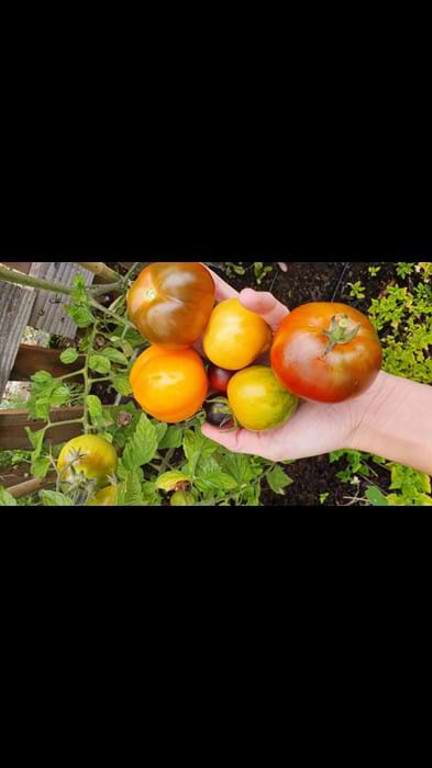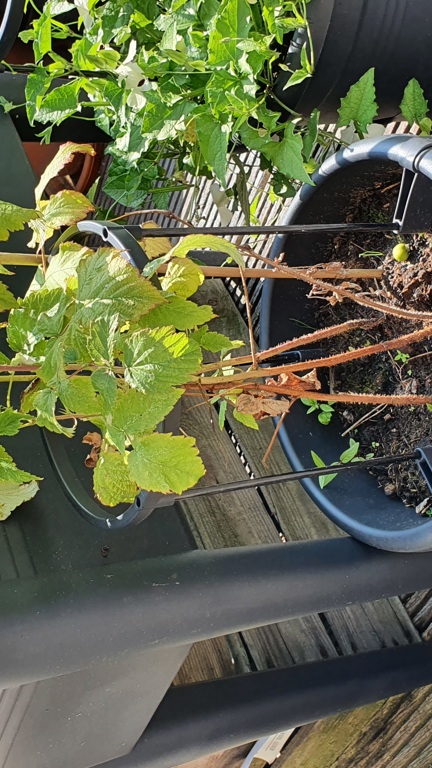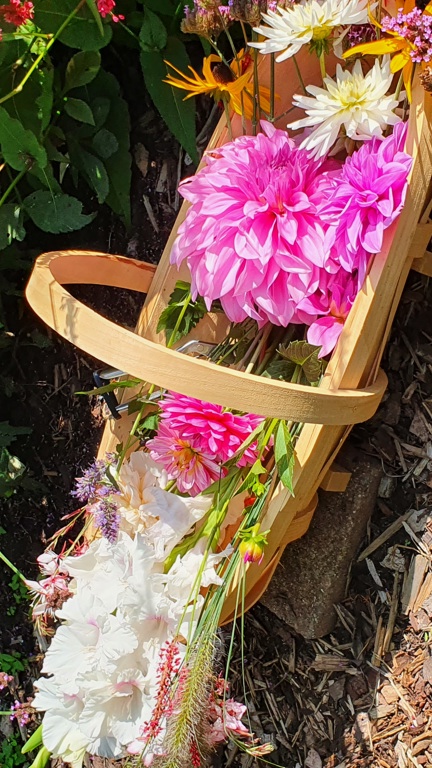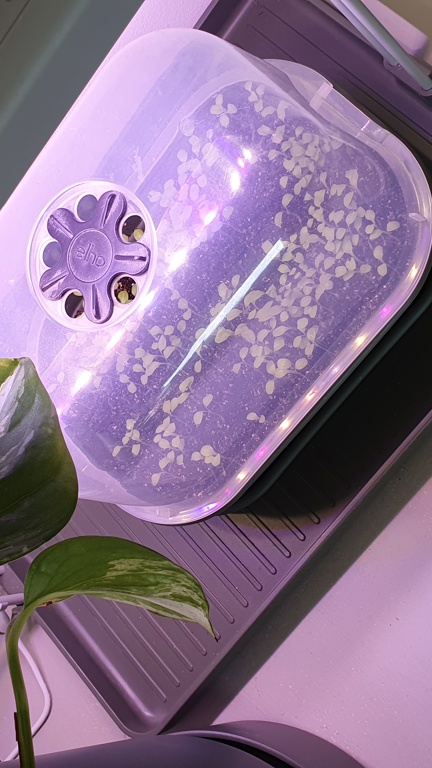
Floor Korte: Late summer and autumn in the vegetable garden
The season for vegetable gardening almost over? Not really! With these tips from grow your own influencer Floor, you can still enjoy a fresh harvest from your own vegetable garden in late summer and autumn!
Are you still enjoying the afterglow in the vegetable garden after the holidays? Or is your head already in the autumn and you think there is nothing left to do but chores? There is still plenty of work to be done in the coming period. In this blog I will show you what you can still grow and bloom in your own vegetable garden in late summer. From indoor and outdoor sowing to tips on care. This way you can enjoy a fresh harvest all year round.
Harvesting in the vegetable garden
There is still plenty to harvest this season. Below you will find a number of varieties that can be found in my garden:
Tomatoes
In September there are still enough hours of sunshine for the tomatoes that are still green to ripen and turn red (or the color of the tomato variety). Heat and sun are really important with tomatoes. Are the tomatoes not yet red, but the plants are already collapsing and are they ready? Place the green tomatoes in a basket or bowl next to some other red tomatoes and you'll be fine!

Zucchini
Even the zucchini plant still bears fruit in my garden, they are delicious. Do you have too much zucchini? I always find the results less tasty when freezing with these kinds of vegetables. I usually make soup and then freeze it. That's usually very delicious!
Raspberries
Yes! The summer raspberries are still producing plenty of fruit and the autumn raspberries are coming! It's true: There are several varieties that bear fruit at different times. This is exactly the case with strawberries. When purchasing a raspberry plant, look carefully at the harvest time and coordinate this with the plants you might already have.
A nice tip is that raspberries also grow very well in an elho tomato pot. The raspberries planted in the ground give off new shoots every spring. These shoots can be carefully dug out of the ground and planted in a pot with guides, so that the raspberry plant does not creep. By placing the plant in a pot, it will take up less space in your vegetable garden.

Kale
I absolutely love kale! It is such a typical winter vegetable. Did you know that kale really tastes best when frost has passed over it? So I suggest waiting for colder days and letting your kale plant continue to grow. By the way, when harvesting, you don't have to remove the entire plant from the ground, but you can simply harvest individual leaves separately by cutting them off. You can leave the rest for another meal. The plant continues to grow through the winter, although you will notice that it grows less quickly than with the heat of the summer. Kale can also be grown in a pot, although you do need a growpot with a diameter of approximately 30 cm.
Flowers
There are also many flowers in my vegetable garden. They are also being harvest at the moment. These flowers are not edible for humans, but they are for many insects. I think this is just as important. Examples of insect-friendly flowers that are now in bloom are:
- Dahlia
- Coneflower
- Gladiolus
- Anemone
- Vervain
- Knotweed
- Cosmos

Other
There is of course much more to harvest in the vegetable garden in the near future:
- Carrots
- Beets
- Broccoli
- Blueberries
- Blackberries
- Cucumbers
- Pickles
- Pumpkins
- Spring onion
- Grapes
- Potatoes
- Fennel
- All herbs
What can be sown in autumn?
In autumn and winter you can still grow lots of things both indoors and outdoors.
Sowing outside
You can sow and plant outdoors in the autumn. It is garlic's turn from mid-September to the end of October. If we believe the monthly phases, October 10 is the planting time for garlic. I always buy organic garlic. Next season you can harvest these garlic bulbs in June and July.
Broad beans can also be sown in the autumn. You do this in the months of October or November. The advantage of sowing broad beans in the winter is that they are less susceptible to the black bean aphid in the spring. This critter can ruin your entire crop. By sowing earlier, the plants are already a lot stronger by the time spring rolls around. In addition, you can also harvest these plants earlier than broad beans that are sown in the spring, so it is really worth a try I would say!
There are also different types of lettuce that can be sown this autumn, such as winter lettuce, romaine lettuce, winter purslane, winter spinach (sow in September), arugula or winter spouts.
Sowing inside
You may expect that you can only sow outdoors, but you can also grow your own vegetables and herbs indoors. The winter months are very suitable for this. The most important thing is that you make sure that the seedlings are growing in the right growing environment. Keep the following tips in mind:
- Make sure that the seedlings are not on the heating or right next to the window. The idea is that the seedlings experience as little temperature fluctuations as possible. So make sure you have a constant temperature, that's the best.
- Light is very important. Your seedlings need at least 8 hours of light per day. Do you want it to go faster? Then you can of course also place them under a special grow light for 12 to 15 hours a day. The elho light care collection is very suitable for this. These have timer settings and are ideal for the darker days.
- The soil you use when sowing or repotting is also very important. When sowing, use special seed & cutting soil. You can also mix this with vermiculite so that the water balance is better. Use universal potting soil or vegetable garden soil for repotting. This contains more nutrition. Are the leaves turning a bit more yellow during winter? Then make sure you feed your plants once. It is best to use liquid vegetable garden food in some water for this. You will then no longer have to feed the rest of the winter.

Giving water
Watering is very important when your plants are growing. If you have just sowed, you should not give your plants a lot of water all at once. Make sure the soil is moist by misting it with a plant sprayer. This way, your seedlings will not be damaged.
- After the seeds have sprouted and the plants have at least four leaves, the roots are also a lot stronger. From then on you can start watering the plants with a watering can. Make sure the soil is never too dry or too wet. You can test this by putting your fingers in the ground:
- If the soil is too wet, part of the soil will stick to your finger. In this case, do not water for a while. The soil can start to mould, making your plant very susceptible to diseases.
- If the soil is too dry, there is no soil on your finger, in this case give it some water.
The soil is at it's best when it feels a bit cold but the top layer is dry.
